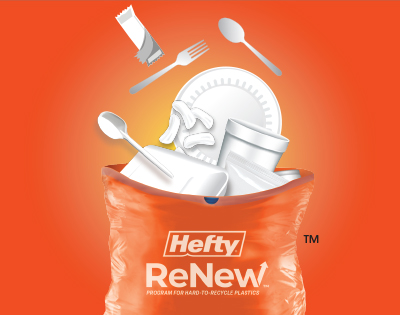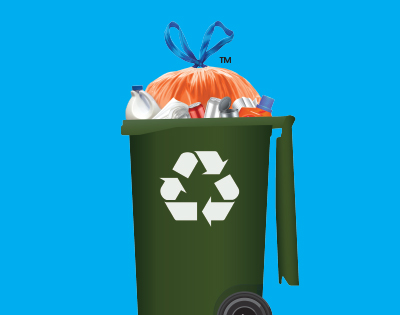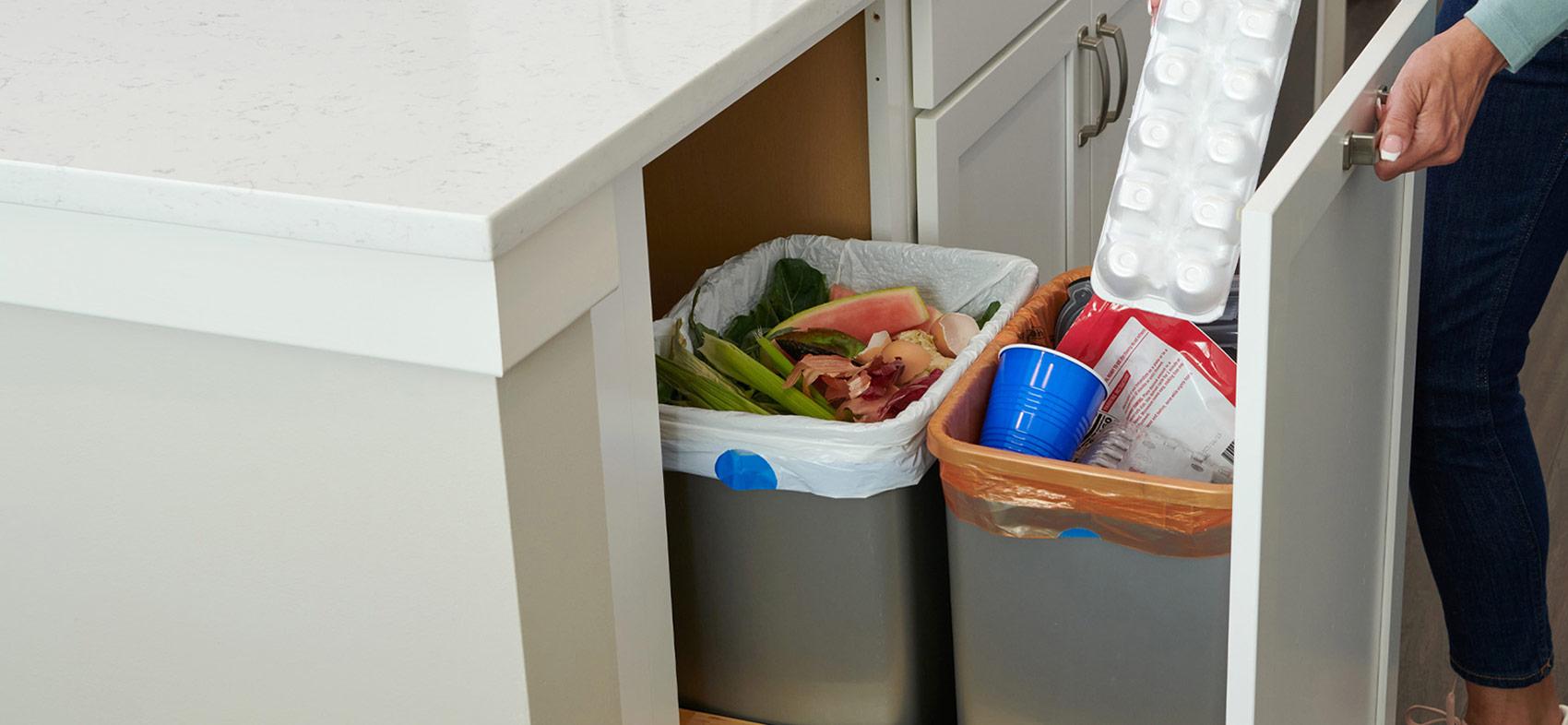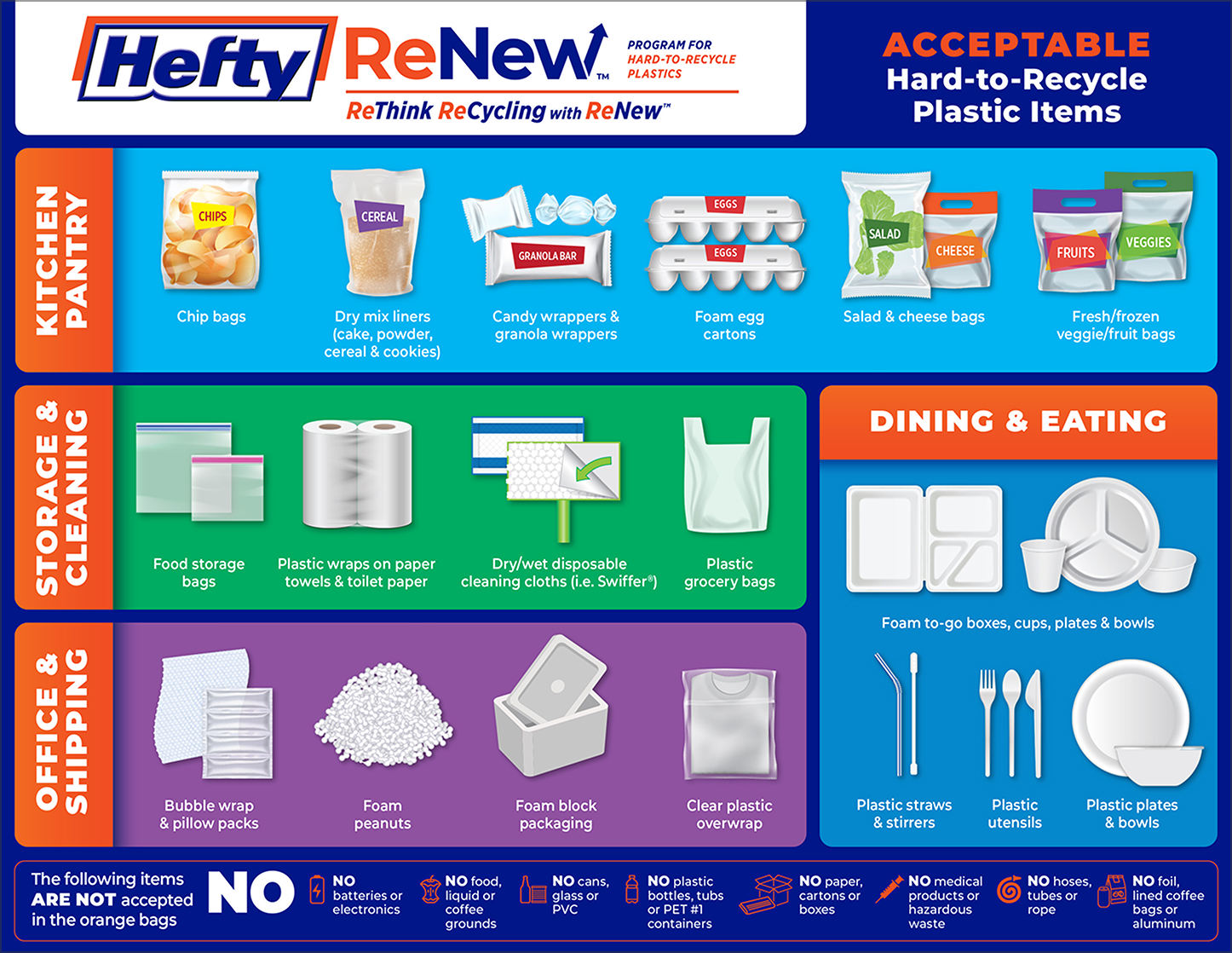Meet the Hefty ReNew™ Program
Together, we can help bring new life to hard-to-recycle plastics—like plastic forks, candy wrappers, pet food bags, and foam to-go boxes—that usually end up in the trash. The Program is an easy addition to existing recycling services in your area, such as curbside or drop-off programs.
Easy effort. Enormous results.
All it takes is a few simple steps to help keep hard-to-recycle plastics out of landfills and give them renewed purpose.

1
Fill Up
Collect accepted materials in a Hefty® ReNew® Orange Bag and tie up tightly when full.

2
Recycle
Place the orange bag in your curbside bin or an approved drop-off location along with your other recyclables.*

3
Renew
Orange bags are sorted by your local recycling facility, and the materials** are sent to a facility for processing into new items.
* Only materials accepted by the Program may be processed into new items. Accepted items are listed on the orange bag and listed on the accepted items page
**Check with your local recycling facility for any variations from this accepted items list.


